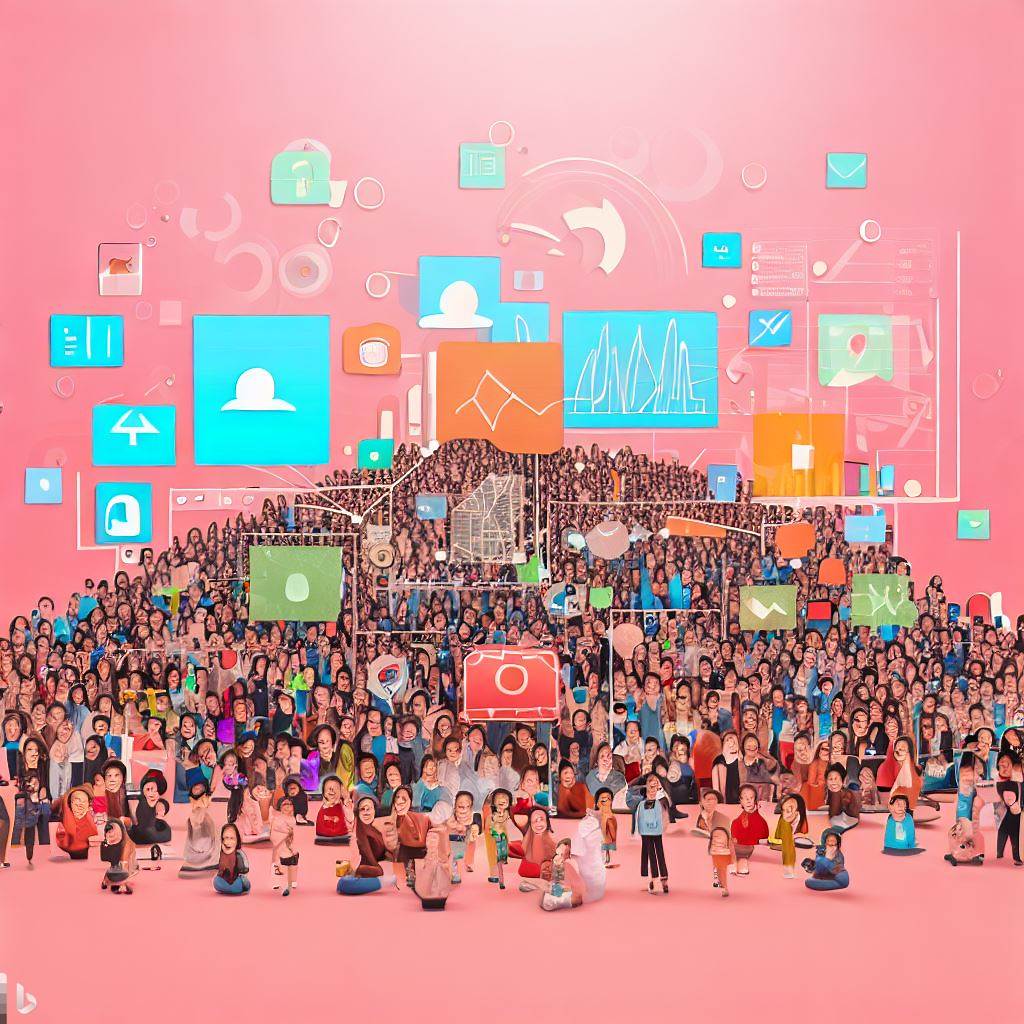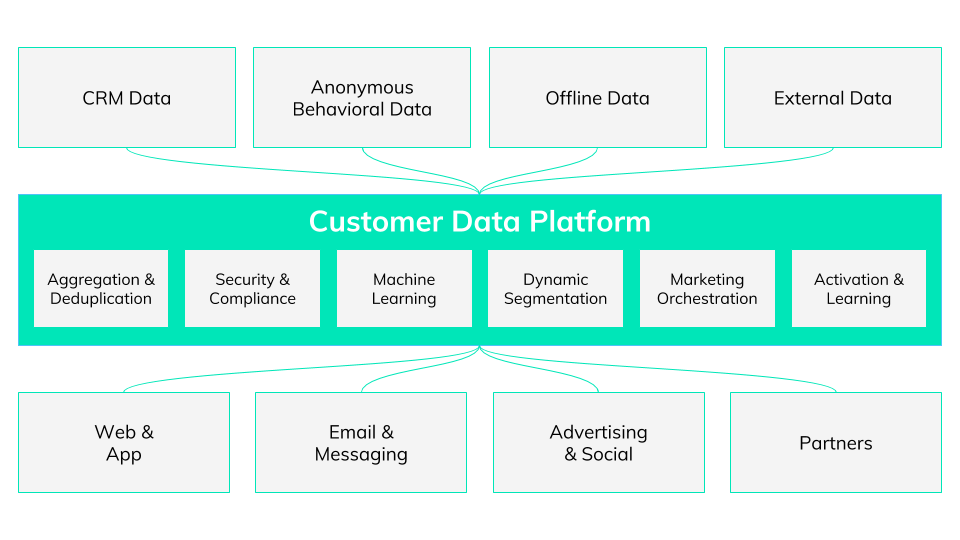
In its inaugural year, Viacom’s Social Data Strategy team has achieved remarkable success by employing data science to discover and collaborate with social media influencers, resulting in substantial revenue growth from their massive social following of approximately one billion fans.
A pivotal achievement during this journey was the development and implementation of the Social Talent Platform (STP), an innovative and data-driven tool that has empowered Viacom’s social casting teams to identify the most suitable influencers for specific campaigns. This blog post delves into the development process of the STP, highlighting the key steps taken to ensure its outstanding results.
Data Acquisition
To build the STP, Viacom strategically partnered with leading social influencer data companies, social listening data firms, and cutting-edge machine learning toolsets. These collaborations facilitated the creation of bespoke deals that incorporated custom features, showcasing Viacom’s expertise in business development and strategic product planning. Additionally, the team harnessed unique data sets not commonly used in social talent searches, setting the STP apart as an exceptional platform.
Data Management
Viacom seamlessly consolidated data from various sources by utilizing licensed data aggregation platforms and tailor-made data environments. Alongside building a custom database for social media talent, Viacom also curated comprehensive social profiles for content and advertisers. This process presented challenges in mapping entities from diverse data sets, a common hurdle in data-driven endeavors.
Data Modeling:
Two Ph.D. data scientists on the team crafted proprietary algorithms for the STP, enabling precise comparisons between influencers, content, and advertisers. These advanced algorithms analyzed multiple dimensions, including audience demographics, topic relevance, post-emotionality, and more. Significantly, Viacom’s models integrated non-social data and harnessed time series data to predict future engagement growth.
Data Storytelling
Viacom took data visualization to the next level by developing a bespoke front-end JavaScript application. This interactive tool allows talent, content creators, and advertisers to gain meaningful insights from the results of the custom search tool. Understanding the importance of creativity at Viacom, this application has been instrumental in effectively conveying outcomes that surpass traditional spreadsheets.

The culmination of Viacom’s efforts is the Social Talent Platform (STP), a patent-pending data platform revolutionizing the process of identifying social media influencers and generating engaging social content. The exceptional success of the STP is a testament to the unwavering dedication and expertise of the entire team at Viacom, who have harnessed data science to drive the company’s influencer marketing to new heights.


